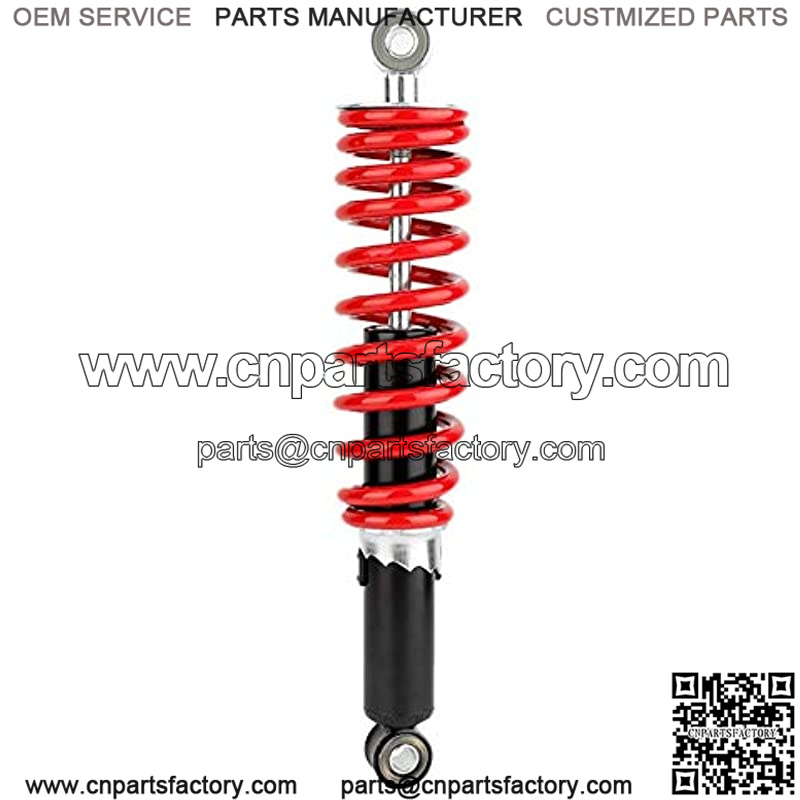Shock dampers, also known as shock absorbers or dampers, are devices used in the suspension systems of vehicles to reduce vibrations and oscillations.
Let’s take a closer look at how these devices work.
When a vehicle encounters a bump or uneven surface, the suspension system compresses, causing springs to store kinetic energy.
This stored energy must be dissipated to prevent continued oscillation.
This is where shock dampers come in.
Shock dampers feature a piston that travels through hydraulic fluid, which creates resistance to the movement of the suspension system.
The piston is attached to a rod that is connected to the vehicle’s chassis and suspension.
As the suspension moves, the piston inside the damper compresses the fluid, generating resistance, and, ultimately, dissipating the kinetic energy.
The resistance created by the shock damper is adjustable, allowing drivers to adjust the level of damping for various driving scenarios.
For example, on bumpy roads, a higher damping setting will provide more resistance to the suspension system, preventing the car from bouncing around on the bumps.
When shock dampers wear out, the vehicle’s suspension system will not be able to effectively dissipate kinetic energy.
This can lead to a rough ride, decreased stability on the road, and uneven tire wear.
It’s important to have your shock dampers inspected regularly and replace them when necessary.
In summary, shock dampers work by providing resistance to the movement of a vehicle’s suspension system, dissipating kinetic energy and reducing oscillations.
Properly functioning shock dampers are crucial for a smooth and stable ride, and regular maintenance is important to ensure their effectiveness.
“Keyword”
“tractor suspension dump”
“tractor supply damp rid”
“tractor supply dog shock collars”
“damper shock”
“damper shock absorber”

